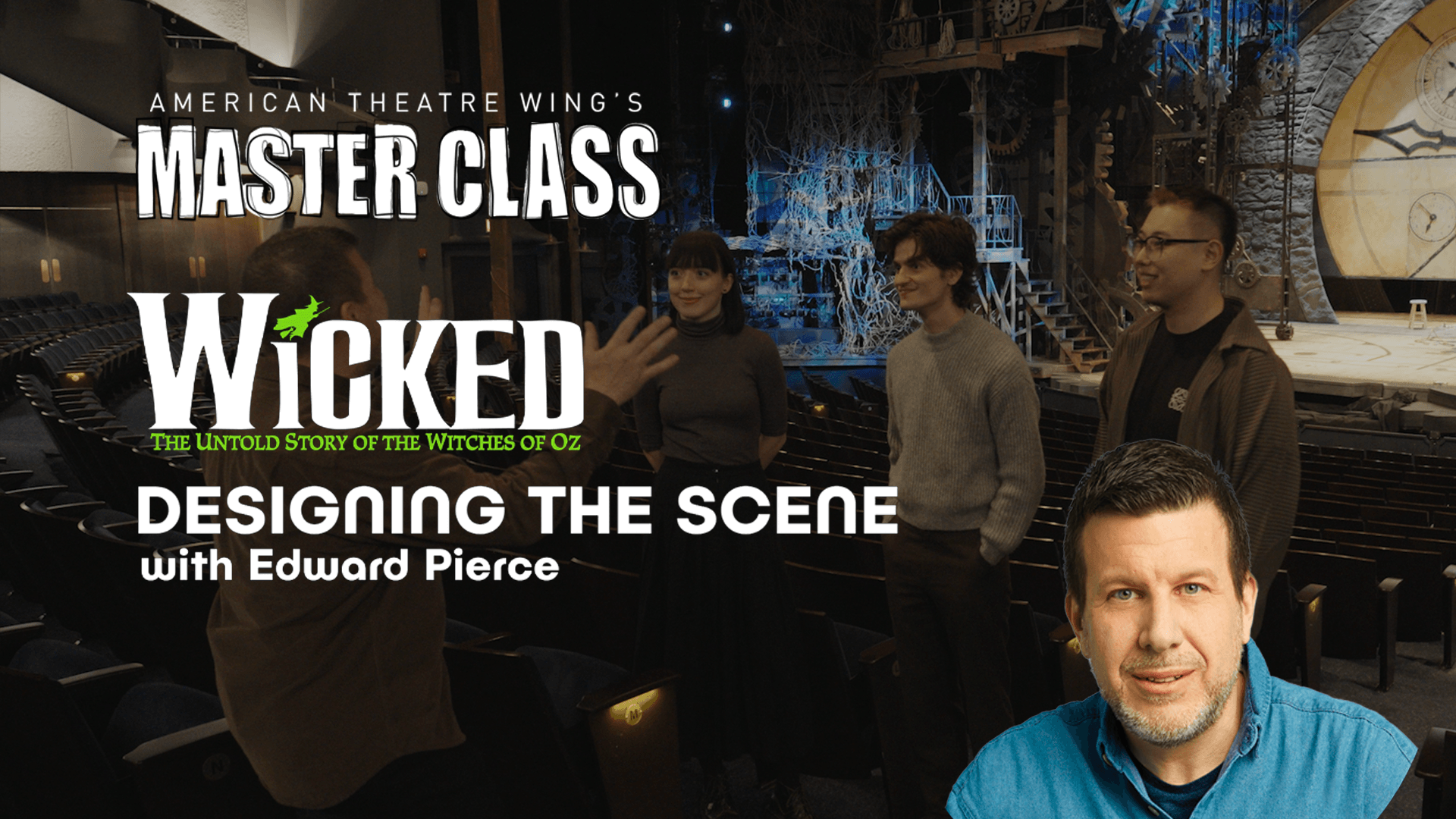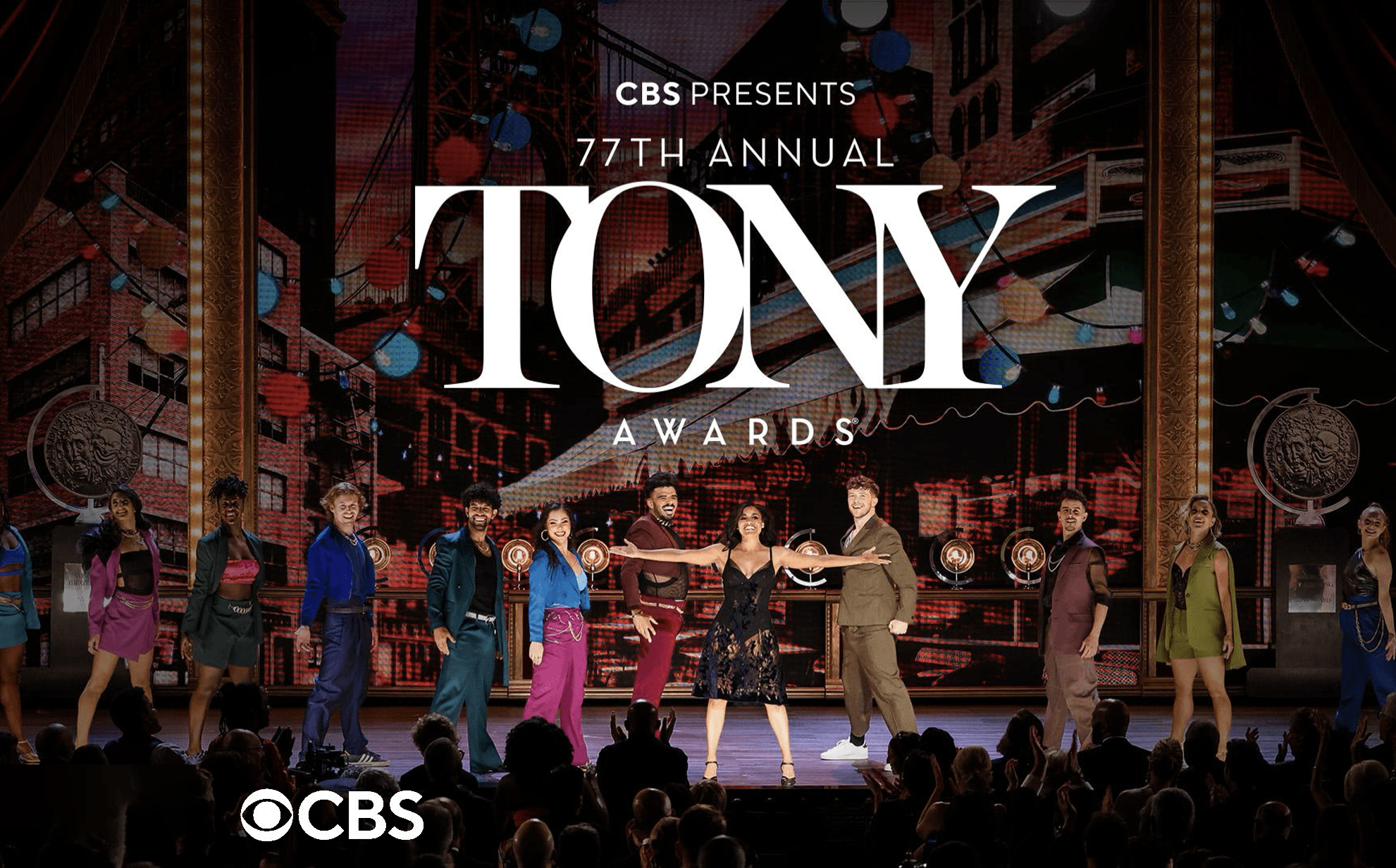
The Obie Award-winning Asian American Performers Action Coalition (AAPAC) released its 10th annual report today,”THE VISIBILITY REPORT: RACIAL REPRESENTATION ON NEW YORK CITY STAGES,” covering employment statistics by race for all shows that opened on Broadway and at the 18 largest non-profit theatre companies in the 2018-19 New York season—the last full season before the Covid-19 pandemic. The report tracks actors, playwrights, composers, librettists, lyricists, directors, artistic directors and—new to the report this year—designers, Broadway producers, general managers, and board members at the non-profit theatre companies. It is the only publicly available report of its kind.
This year, the report provides an in-depth analysis of racial equity in arts funding, the first report to do so for New York City. AAPAC found that theatre companies serving marginalized communities were vastly underfunded in comparison to the larger, White-led theatre companies. Of both public and private contributions tallied for the 18 largest non-profit theatre companies, referred to in this section as Predominantly White Institutions (PWI’s), and 28 theatre companies included as part of the City Council’s Coalition of Theatres of Color, 92.2% of the funding went to the PWI’s. PWI’s received nearly $150 million in total funding, while the theatres of color received roughly $12.5 million. AAPAC found that of the $21 million that came from government funding alone, PWIs received 4 times as much federal funding and 2 times as much state funding, but that there was more equitable funding on the city level.
The greatest disparity came from private foundations and individual donors. Theaters of color received just $7.5 million in private funding while the PWIs received a whopping $132.7 million. Of the private foundations that dedicate the majority of their giving to theatre companies, the greatest disparity came from the Mimi Steinberg Charitable Trust and the Shubert Foundation.The report asks, “If funding agencies truly want to reward theatre companies committed to diverse voices, why not reallocate more funding directly to theatres of color?”
According to the report, “the story of the 2018-19 theatre season is one of an industry under pressure to diversify without a clear idea of how best to do it without fundamentally upsetting existing power structures.” Power was centered at the top almost exclusively by White leaders. 100% of artistic directors at the largest non-profits were White. 88% of board members were White. On Broadway, 93.6% of the producers from the 18-19 season were White as were 100% of general managers. How each sector chose to diversify reveals a lot about the power structures at play.
Broadway tried to diversify without fundamentally changing its framework, increasing its use of inclusive casting by a giant 12% to 28.4% of all roles—a new record—yet the net gain for hiring of Black, Indigenous and People of Color (BIPOC) actors was only 0.5% higher than the previous year and most of the gains came in chorus roles. White actors took 65.9%, or almost two-thirds of all available roles. In addition, White narratives were centered with White actors playing 80% of the lead roles in musicals and 89.7% of lead roles in plays. BIPOC writers plummeted 9 points on Broadway this season to just 11%. There was only one commercial production that could be categorized as a culturally-specific story written by a BIPOC writer, AIN’T TOO PROUD: THE LIFE AND TIMES OF THE TEMPTATIONS, and one more that was produced on Broadway by the non-profit Manhattan Theatre Club, CHOIR BOY. Even then, they were both directed by White directors. 93.8% of all directors on Broadway were White, staying stagnant from the year before. At 92.6%, Broadway also showed that it had an overwhelming bias in the hiring of White designers.
In contrast, the non-profits focused on racially-specific stories to increase overall numbers. While BIPOC writers increased just 3 points to 23.9% from the previous season, over 90% of them were culturally specific stories with majority BIPOC casts compared to just 32.4%the season prior. That is to say that this year, the stories were unabashedly about the BIPOC experience. 6% more BIPOC directors were hired, up to 21.3%. There is also evidence to suggest culturally-specific shows led to opportunities for BIPOC designers, who represented at 26.7%. Though White actors continued to overrepresent based on their population size in the NYC area, BIPOC actor representation increased 6% at the non-profits to approach 54.5% of all roles, a record high. This was due largely to the efforts of 7 companies that hired majority BIPOC actors for the season: The Atlantic Theater, MCC, New York Theatre Workshop, Playwrights Horizons, The Public Theater, Signature Theater, and The Vineyard Theatre. That being said, exclusion was still rampant. There was only 1 Latinx,1 MENA and 1 Indigenous writer produced at the non-profits all season long. The company that was listed as Most Diverse this year, The Public Theater, had one of the lowest percentages of any non-profit when it came to hiring Asian American actors, only 3.4% of all roles. For a company that used inclusive casting to cast 42.1% of their roles, it betrays a glaring area of unconscious bias when Asian American actors only accounted for less than a percentage point.
The report also found earnings disparity when calculating actual take-home pay of actors working in the non-profits. Taking into account the level of contract which is based on size of venue multiplied by number of weeks played for every show, it found that for every $1 spent by the non-profits on White actors, only $0.71 cents was spent on BIPOC actors. Broken down by race, $0.53 was spent on Black actors, $0.10 on Asian American actors, $0.05 on Latinx actors, $0.02 on MENA actors and $0 on Indigenous actors.
Overall, Black actors were the only group whose representation onstage increased, jumping significantly from 23.2% to 29% in the 2018-2019 season. The report asks whether there is a scarcity model at play. “While it is a positive indication that the industry seems to be placing more value on Black representation this season than in years past, it is also alarming that all other BIPOC numbers tumbled. It’s as if the industry could not hold more than one aspect of diversity at a time, especially if doing so would threaten the perceived primacy of White stories and White bodies on stage.”
More details and charts can be found in the report, available free for download at www.aapacnyc.org


